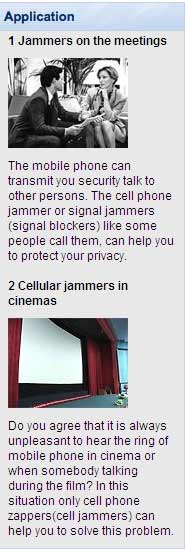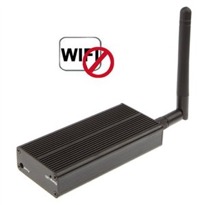FCC §15.9, Drones & Privacy
§ 15.9 Prohibition against eavesdropping.
Except for the operations of law enforcement officers conducted under lawful authority, no person shall use, either directly or indirectly, a device operated pursuant to the provisions of this part for the purpose of overhearing or recording the private conversations of others unless such use is authorized by all of the parties engaging in the conversation.
The above is the current text of 47 C.F.R. 15.9 that limits the use of unlicensed devices for “eavesdropping”. Not being a subscriber to WestLaw or Lexis, I can’t readily tell you how long this language has been in the FCC Rules, but I am pretty sure it predates my arrival at FCC in 1979. This section not only limits the use of unlicensed devices for eavesdropping, but also gives the FCC an excuse to deny equipment authorization to them and thus to keep them off the open market.
The possibly widespread use of drones raises all sorts of privacy concerns. While your blogger is a “card carrying ACLU member”, something that really annoyed FBI and other intelligence community employees he interacted with while at FCC, this post does not deal with surveillance that is explicitly authorized by law. Rather it deals with surveillance for commercial purposes or just invading the privacy of your neighbors. (Federal operation of drones is not subject to any FCC jurisdiction in any case, although state and local police use is.)
A simple first step FCC could take would be to extend the long-standing provisions of §15.9 to include imagery from drones, thus keeping cheap unlicensed drones out of Radio Shack and large scale consumer use. If you want to get imagery from drones, the least you can do is get a radio license.
Part of a cellphone jammer ad

From a Wi-Fi Jammer Ad

UPDATE
This CNN piece about drones tricking Wi-Fi to get your private information in a “man in the middle attack” may be another reason to limit drone access to unlicensed bands.
blog comments powered by Disqus




![Validate my RSS feed [Valid RSS]](valid-rss-rogers.png)

